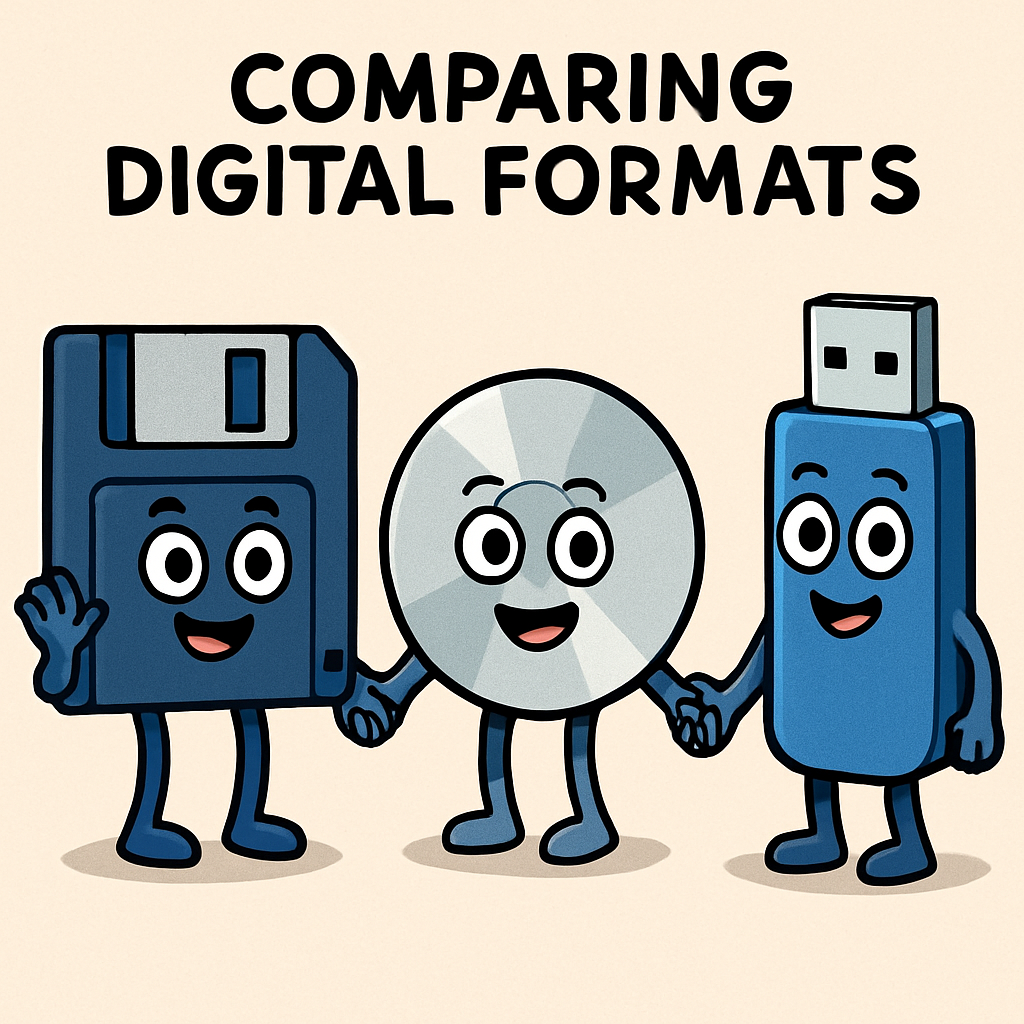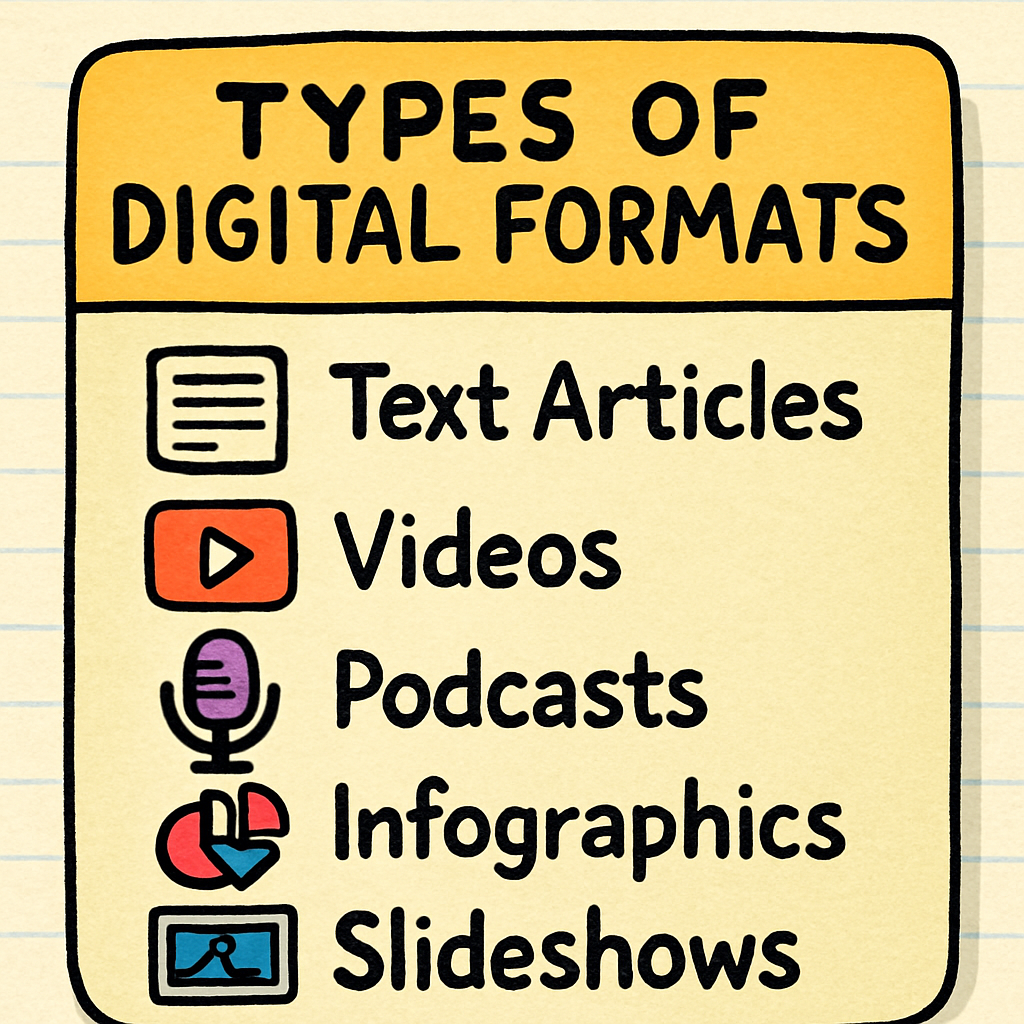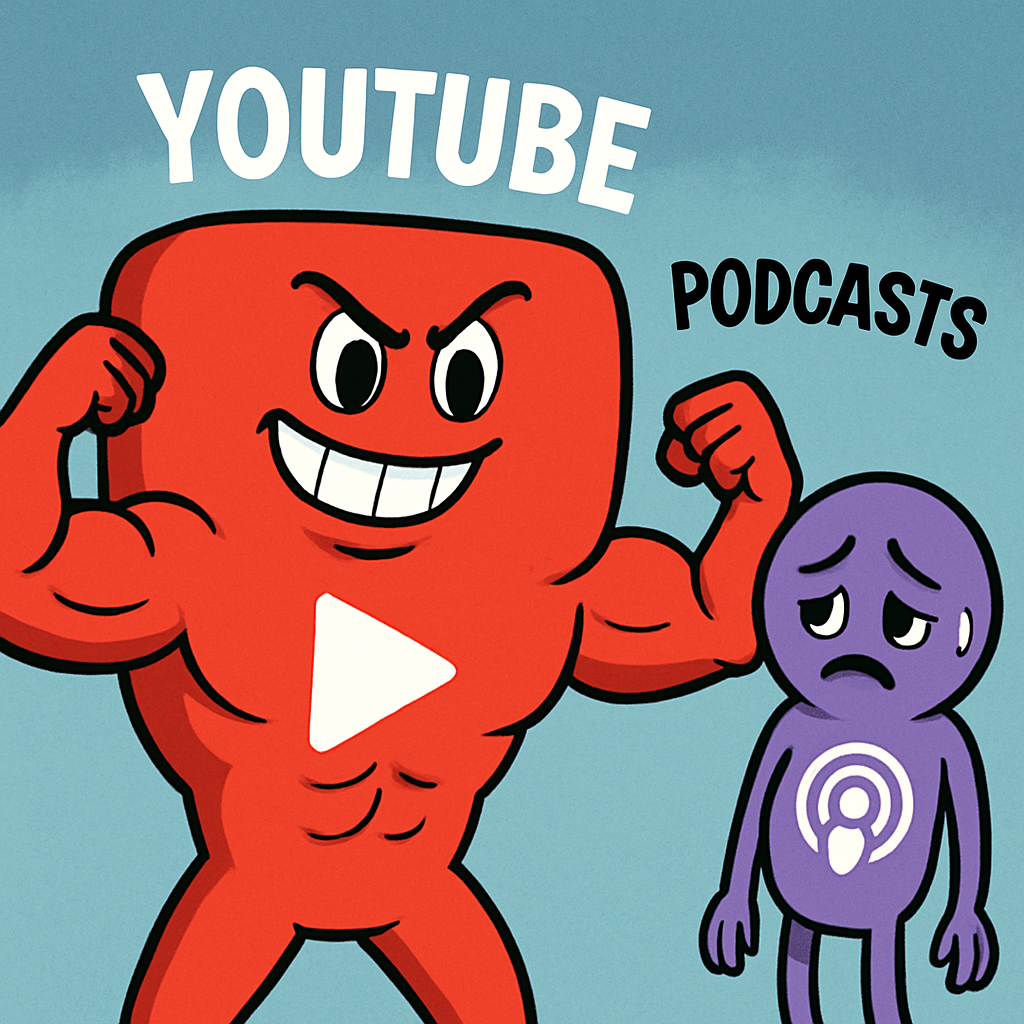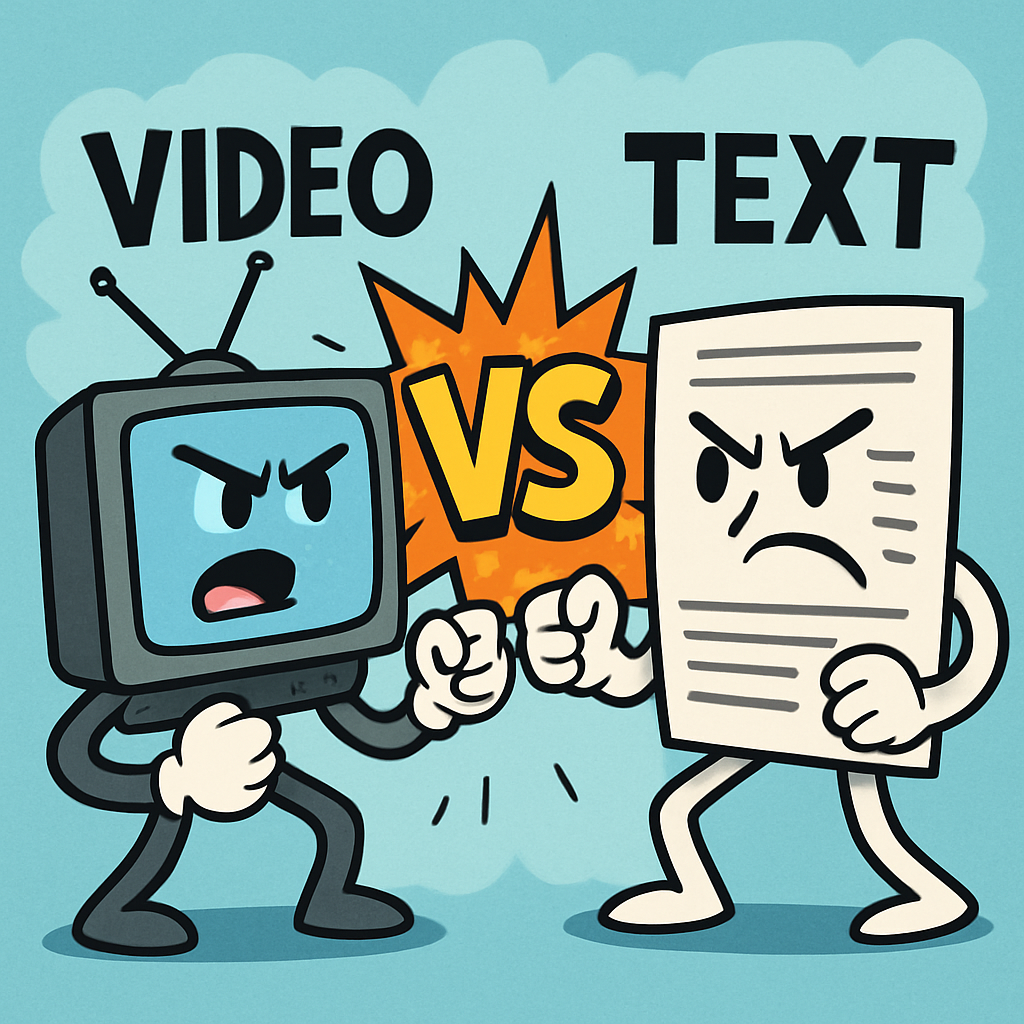 What Are Digital Formats and Why Compare Them?
What Are Digital Formats and Why Compare Them?
Welcome to this lesson. In it, you will explore digital formats, which refer to the various methods used to share information online. These include text articles, videos, podcasts, infographics, and slideshows. Consider how you access news or learn new information: it might be through a short video on a platform like TikTok, or via a detailed article. Critically comparing these formats involves evaluating which one is most effective in different situations and understanding the reasons behind this.
It is important to compare digital formats because each one presents information in a unique way. For instance, a video can make a topic appear more dynamic and engaging, but it may omit specific details that a text article would provide. Through comparison, you will develop skills to identify what is reliable, engaging, or potentially misleading in digital content. This knowledge will enable you to make informed decisions about the information you consume and share.
To expand on this, digital formats have evolved with technology, allowing for diverse ways to communicate ideas. Text-based formats have been around since the early days of the internet, while videos and podcasts have become popular with faster internet speeds and mobile devices. Understanding these differences helps you appreciate how technology influences communication.
 What Are the Main Digital Formats?
What Are the Main Digital Formats?
In this step, you will learn about the primary digital formats used to share information online. Digital formats are structured methods for presenting content, each designed to convey messages in distinct ways. Understanding these formats will help you recognise how information can be communicated effectively. Below is a list of some common digital formats, along with brief descriptions and examples.
Each of these formats has unique characteristics that influence how information is presented and perceived. For instance, while text articles provide in-depth details, videos can make abstract ideas more relatable through visuals. As you progress through this lesson, consider how the choice of format might affect the clarity and impact of the message.
 Strengths and Weaknesses of Each Format
Strengths and Weaknesses of Each Format
In this step, you will examine the strengths and weaknesses of the main digital formats. Each format has advantages that make it suitable for certain types of information, as well as limitations that may affect its usefulness in other situations. By understanding these aspects, you can make better decisions about which format to use or trust when accessing information online.
The table below provides a detailed overview of the strengths and weaknesses for each format. Take time to read through them carefully.
| Format | Strengths | Weaknesses |
|---|---|---|
| Text Articles | These offer in-depth details and explanations, allowing for comprehensive coverage of a topic. They are easy to search using keywords, and you can read them at your own pace, highlighting or noting key points as needed. | They can sometimes feel monotonous or unengaging if the writing is not dynamic, and they require a significant amount of time to read thoroughly, which may not suit quick information needs. |
| Videos | Videos are highly engaging, as they combine visuals, sound, and motion to convey emotions and demonstrate processes effectively. This makes complex or abstract ideas easier to understand through real-life examples. | They are difficult to skim for specific information, often requiring you to watch the entire content. Additionally, they may demand a stable internet connection and can be less accessible in low-bandwidth environments. |
| Podcasts | Podcasts are excellent for multitasking, such as listening while walking or doing chores, and they often provide a personal, conversational tone that builds a connection with the listener. | They lack visual elements, which can make it harder to follow topics that benefit from diagrams or images. It is also easy to lose concentration if the content is lengthy or not captivating. |
| Infographics | Infographics present information quickly and visually, using charts and images to summarise data in an appealing and easy-to-digest way, ideal for overviews or statistics. | They often lack depth, providing only surface-level information, and can oversimplify complex issues, potentially leading to misunderstandings if details are omitted. |
| Slideshows | Slideshows organise information in a structured, logical sequence, making them effective for presentations and step-by-step guides, with a combination of text and images for clarity. | They can appear too basic if not designed well, and they rely heavily on the quality of the visuals and layout, which may not convey nuanced or detailed explanations effectively. |
Reflecting on these strengths and weaknesses helps you appreciate how different formats serve various purposes in digital communication.
 In this step, you will explore the circumstances in which video or text formats are most appropriate for sharing or accessing information. Selecting the right format depends on the nature of the content, the audience's needs, and the context in which the information is being consumed. By understanding these factors, you can make informed choices about which format to use or prefer in different situations.
In this step, you will explore the circumstances in which video or text formats are most appropriate for sharing or accessing information. Selecting the right format depends on the nature of the content, the audience's needs, and the context in which the information is being consumed. By understanding these factors, you can make informed choices about which format to use or prefer in different situations.
Videos are particularly effective when the information involves visual demonstrations, emotional elements, or complex processes that benefit from being shown in action. For example, if you are learning how to perform a dance routine or assemble a piece of furniture, a video allows you to observe the steps clearly and follow along. Videos can also convey tone, expressions, and real-world applications, making them engaging for topics like storytelling or motivational content.
On the other hand, text formats, such as articles or reports, are better suited for providing in-depth details, facts, and analysis. They allow you to read at your own pace, revisit sections easily, and search for specific information using keywords. This makes text ideal for research tasks, such as studying historical events or scientific concepts, where precision and the ability to reference information are important.
However, each format has limitations. Videos can be time-consuming, as they often require watching from start to finish without the option to skim quickly, and they may need a reliable internet connection. Text, while flexible for quick reading, might lack the visual appeal that keeps some learners engaged and could feel lengthy for casual topics.
Consider how these factors apply to your own experiences. For instance, if you need information quickly, text enables efficient scanning, whereas a video might provide a more immersive understanding but take longer to process. Additionally, think about accessibility: videos may require headphones or a quiet space, while text can be read anywhere.
 How Formats Influence Interpretation
How Formats Influence Interpretation
In this step, you will explore how the choice of digital format can affect the way information is interpreted. Different formats can shape your understanding and perception of the same content by emphasising certain elements, such as emotions, visuals, or specific details. This is important because it helps you become aware of potential biases and influences in the media you consume.
For example, a video format might include dramatic music, fast-paced editing, or emotional imagery that makes an event appear more intense or urgent than it actually is. In contrast, a text article typically presents facts in a straightforward manner, allowing you to focus on the details without additional sensory influences. Similarly, infographics can selectively highlight statistics or use visual designs to draw attention to particular viewpoints, which might lead you to focus on one aspect of the information while overlooking others.
Bias can be introduced through various techniques depending on the format. In videos, selective editing might show only certain parts of a story, creating a skewed narrative. In infographics, the arrangement of elements or choice of imagery can subtly influence opinions by making some information appear more prominent or appealing. Podcasts, being audio-based, might rely on tone of voice or sound effects to convey emphasis, which can affect how trustworthy or convincing the content seems. Understanding these influences encourages critical thinking, helping you question whether the format is presenting a balanced view or guiding you towards a specific interpretation.
By recognising how formats can alter interpretation, you develop the ability to evaluate content more effectively. This skill is essential in the digital world, where information is presented in diverse ways, and not all formats are equally objective.